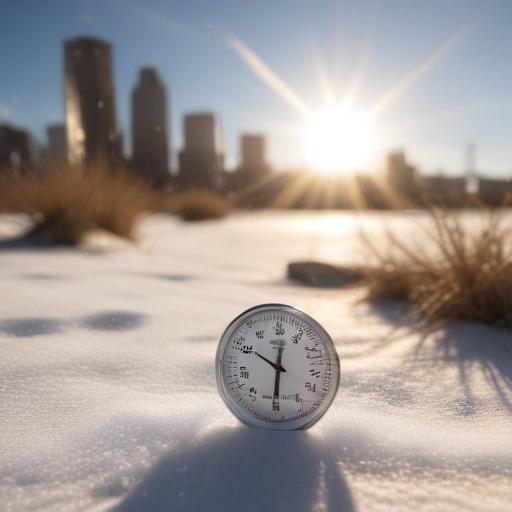California’s Death Valley recently made headlines by reaching a staggering temperature of 130 degrees Fahrenheit on July 9, 2021, according to an automated measuring system. This extreme reading marks one of the highest temperatures ever documented globally, trailing just behind the 134 degrees recorded at the same location in July 1913, which stands as the world record.
The temperature extremes in the United States highlight a striking contrast between regions known for scorching heat and those that suffer from severe winter conditions. For instance, while states like California see blistering summer temperatures, others experience intense cold during winter months. In fact, the contiguous United States recorded its warmest meteorological summer (June to August) in 2021, as reported by NOAA’s National Centers for Environmental Information.
Focusing on Ohio, the state’s extremes also tell a compelling story. Here are some notable records: the highest temperature ever recorded in Ohio was 113 degrees Fahrenheit in Gallipolis on July 21, 1934, while the all-time lowest temperature plummeted to -39 degrees Fahrenheit in Milligan on February 10, 1899. Ohio also holds records for precipitation and snow, with the highest 24-hour rainfall at 10.75 inches and the most substantial snowfall of 30 inches occurring in Warren on April 20, 1901.
Temperature extremes across states reveal its fair share of remarkable records. California leads with the highest temperature at 134 degrees Fahrenheit, followed by Arizona at 128 degrees, and Nevada at 125 degrees. In contrast, extreme cold temperatures are observed predominantly in Alaska, where the lowest temperature recorded hit a chilling -80 degrees Fahrenheit.
As climate patterns evolve, these records remind us of the profound impact of weather on our daily lives and the importance of understanding and adapting to these conditions. Communities in various states work to prepare for and respond to these extremes, underlining the resilience of those who face such challenges.
